
Range Rover Sport SVR Review, First Drive
It's been long since we had our time behind the wheel of the Range Rover Sport SVR. For 2018, JLR has updated the Sport SVR and made it more desirable. Let's get behind the wheel to see what the fuss is about.
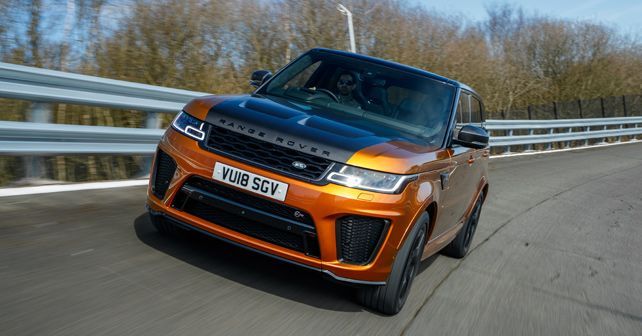
Now that you’re suitably familiar with Jaguar Land Rover’s Special Vehicle Operations, here’s a machine that proves that they’re not just engineers but also physicists rewriting the laws of the universe.
We first drove the Range Rover Sport SVR at the Buddh International Circuit in late 2015. It was clear then that the RR Sport SVR was a bit of a mental machine. It was over two tonnes in weight, but was fitted with the drivetrain of a Jaguar F-Type R and had the soundtrack to rival a Top Fuel Dragster that gulps 40 litres of nitro methane a second – of course, said dragster will reach 100km/h in half that time. But we’re not here to talk about machines that are built solely to last the quarter-mile. We’re here to discuss a Land Rover – a machine that’s ostensibly meant to allow you to take a leisurely tour of the country estate. Well, not this one! Make no mistake, it is a Land Rover, so it still has all the off-road modes that make it virtually as capable as its siblings off the tarmac, but this one is very much designed to cover asphalt as quickly as possible.
I have to admit, though, that while I was (and remain) completely seduced by the soundtrack of the Range Rover Sport SVR, I’m not sure that a racetrack was the right place to have tested the car. Sure, with 543 horsepower, it was exceedingly fast in a straight line but it just felt a little too big and heavy for a track. We also had the BMW X6 M in the same test, and that felt far more composed at the limit. The SVR would surrender to understeer coming out of tight corners, and the body roll was quite noticeable in quick changes of direction – not to mention the squat while accelerating and the dive while braking.
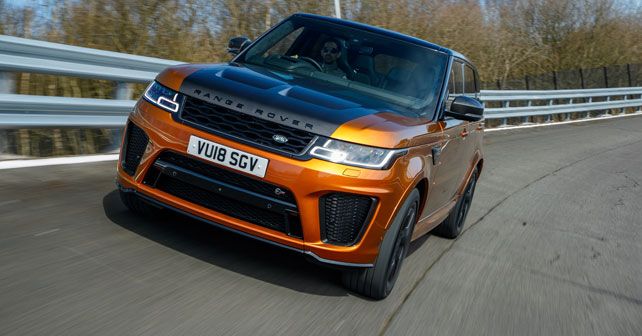
So, what’s new?
So, what did SVO do? Well, they gave it more power of course! As with the F-Type SVR, the Range Rover Sport SVR too produces just shy of 570 horsepower and a full 700Nm of torque. Yup, that means this SUV will blur the scenery immediately and accelerate to 100km/h in a sports car-rivalling 4.5 seconds.
Fortunately, that’s not all. Land Rover has also made this machine feel cutting edge and even more luxurious on the inside. Of course, it gets the twin-touchscreen infotainment system from the Range Rover Velar. And the whole system, including the revised graphics on the TFT screen that makes up the instrument cluster and the head-up display, looks truly modern and make it very intuitive to use. Fingerprints aren’t as much of a problem as you’d think – at least not in the near-freezing temperatures of the Midlands in the UK during our test. What remains a problem, however, is the need to take your eyes off the road to use the touchscreen, which becomes that much harder to do because many of the “buttons” are far too small – making the act of changing driving modes on the move especially fiddly.
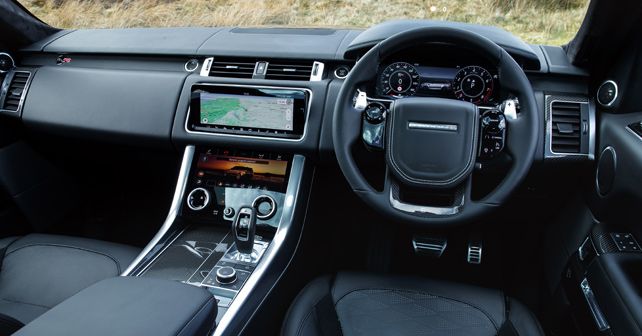
Land Rover has also worked hard to make this RR Sport as light as possible – to the extent that the sport seats (similar to the F-Type) now have magnesium frames that make them 30 kilos lighter than before. They remain incredibly hip-hugging and supportive, but the F-Type SVR manages to get that balance between sport and comfort just right, while these remain that little bit firmer than I would like. On the whole, though, the cabin is absolutely beautiful – it feels like a high-end bespoke suit.
In the effort to save weight, the engineers have also give the new RR Sport SVR a carbon-fibre bonnet. From afar, it looks almost like an aftermarket add-on, but look at it up close and you realise that it’s not only beautifully integrated and vented, but also exquisitely finished. Plus, it certainly sets the SVR apart from any other Range Rover model. This is car that, with its mad exhaust note and aggressive design details, certainly looks the part – this is not a machine that intends to fly under the radar.
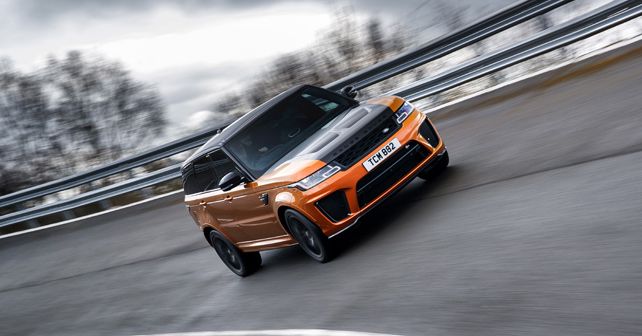
Lighter, faster & better
What all this light-weighting has done, along with a completely recalibrated air suspension all around, is make the 2018 Range Rover Sport SVR feel like a completely different machine. While you were acutely aware of the weight above the front axel of the previous model, this one feels incredibly nimble and responsive – and, yes, it really does feel physics defying. It’s not only stupendously fast, but also extremely composed. The front end simply goes exactly where you point it without any hesitation whatsoever. There’s no understeer, on roll, no pitch, no dive, nothing but absolute speed and precision.
There’s one more thing though, and that’s refinement and comfort. Sure, in Dynamic mode, the suspension is actually quite stiff. So, you reserve that for the track. And, yes, you can actually take this machine to the racetrack now. The steering is sharp and, with torque vectoring and the new suspension set-up, you can actually use the majority of that 567bhp and 700Nm. But none of these numbers make any difference whatsoever when you hear the guttural roar and bark from the exhaust – which continues to be addictive and beguiling, making this car that much more desirable.
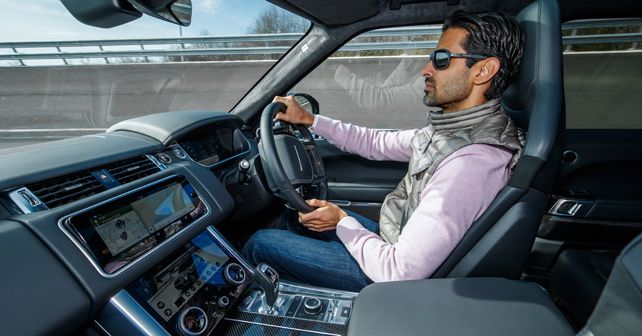
And that’s what it boils down to – desire! You see, there’s no rational reason to own a car like this. Sure, with the rear seats folded, you can carry almost 800-litres, and, yes, it’ll seat your friends, family and Alsatian in comfort, but there are a lot of cars that can do that – but not many sports cars! This one will keep up with the fastest road going machines, and give you the option of turning off the beaten path as well. It’ll tackle our roads and won’t have to remain in the garage during the monsoon. It’s loud, fast, desirable, and makes that sports car seem very impractical indeed.
Oh, but (at around 2 crore) you may have to rob a bank to own one. At least you can enjoy the exhaust note for free if you happen to be anywhere within a one-kilometre radius of one on the road…
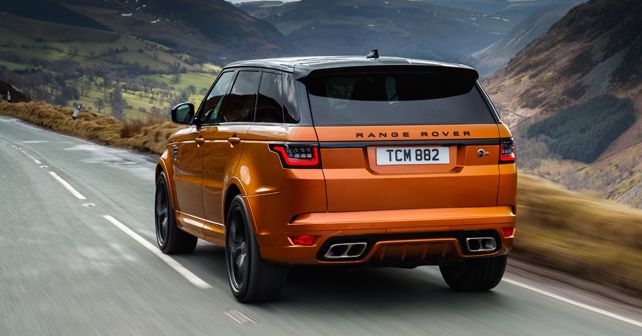
Engine: 5,000cc / V8 / 32 Valves / Direct Injection / Supercharged
Fuel: Petrol
Transmission: 8-Speed Automatic / All-Wheel Drive
Power: 567bhp @ 6500rpm
Torque: 700NM @ 3500rpm
Acceleration: 0-100km/h – 4.5 secs
X-factor: This machine is all about desire – not only do you want one, but you can actually use one too in our conditions…
| Pros • Incredible speed & power • Very refined & usable too | Cons • Not exactly subtle • Expensive |


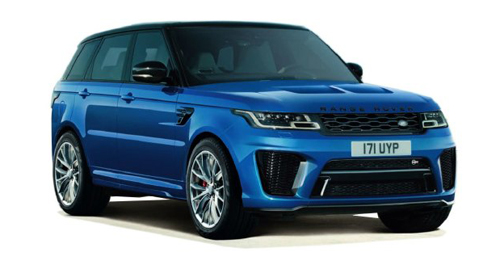

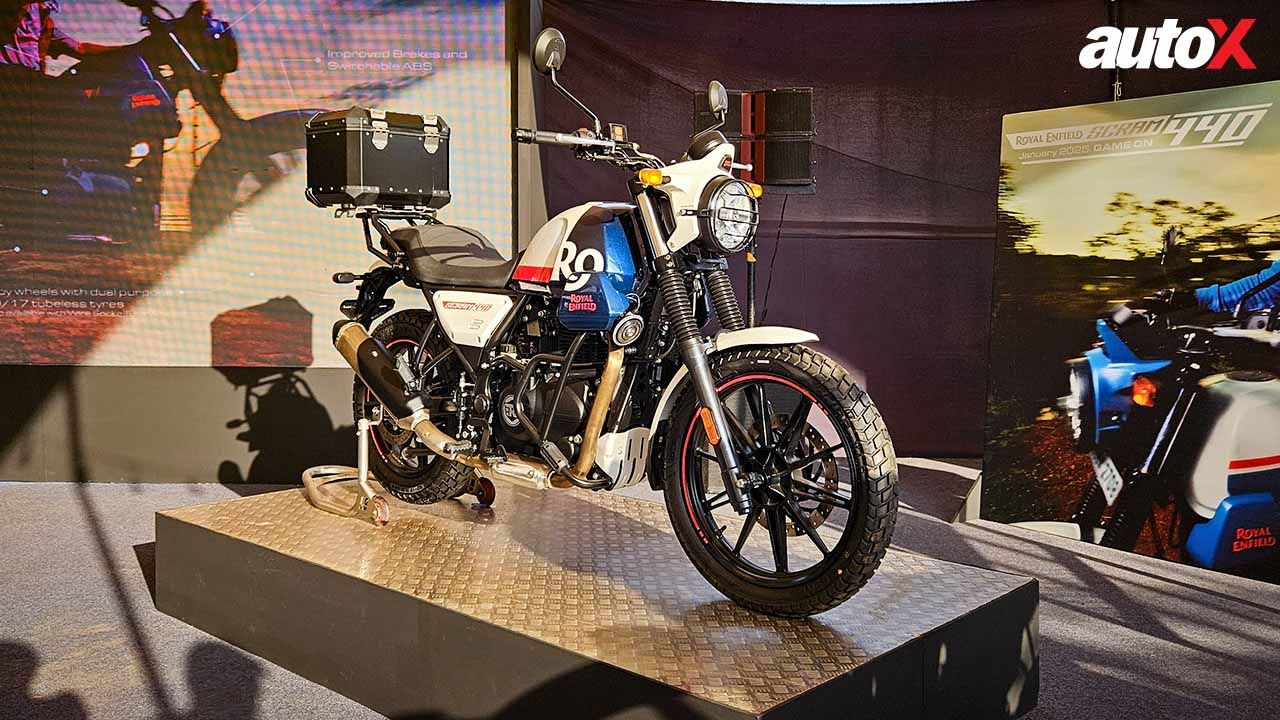
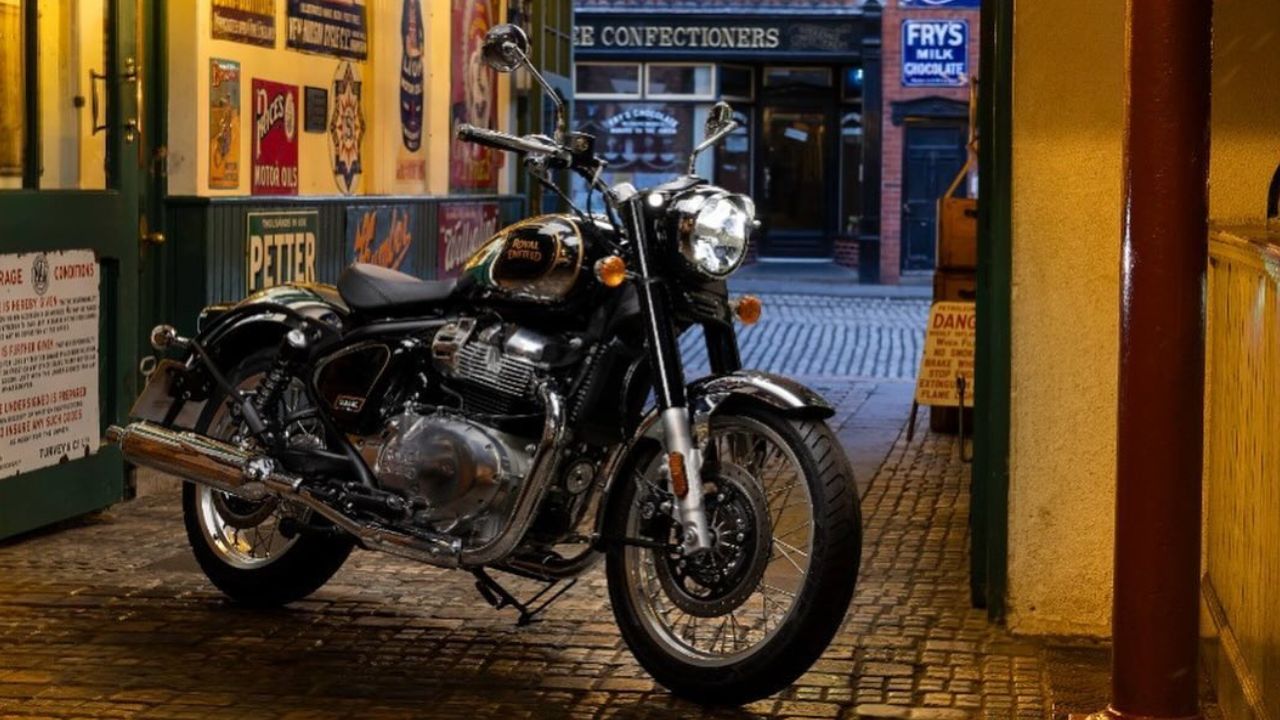
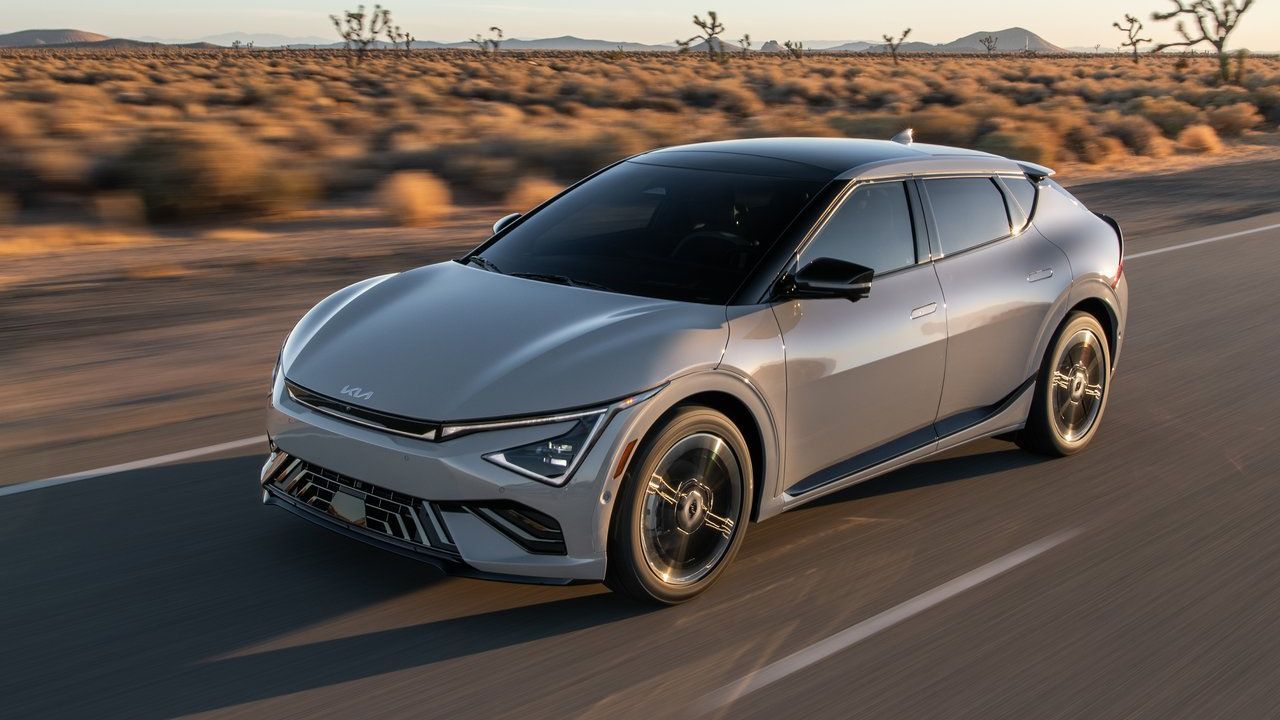
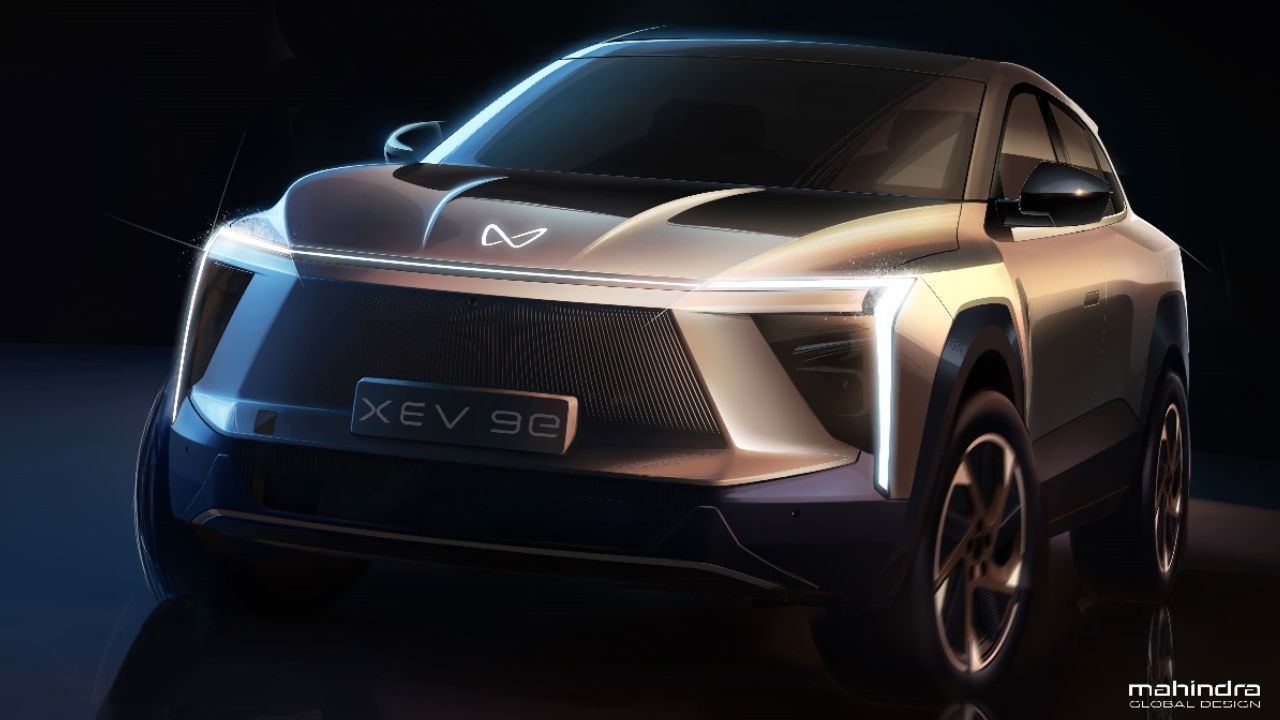
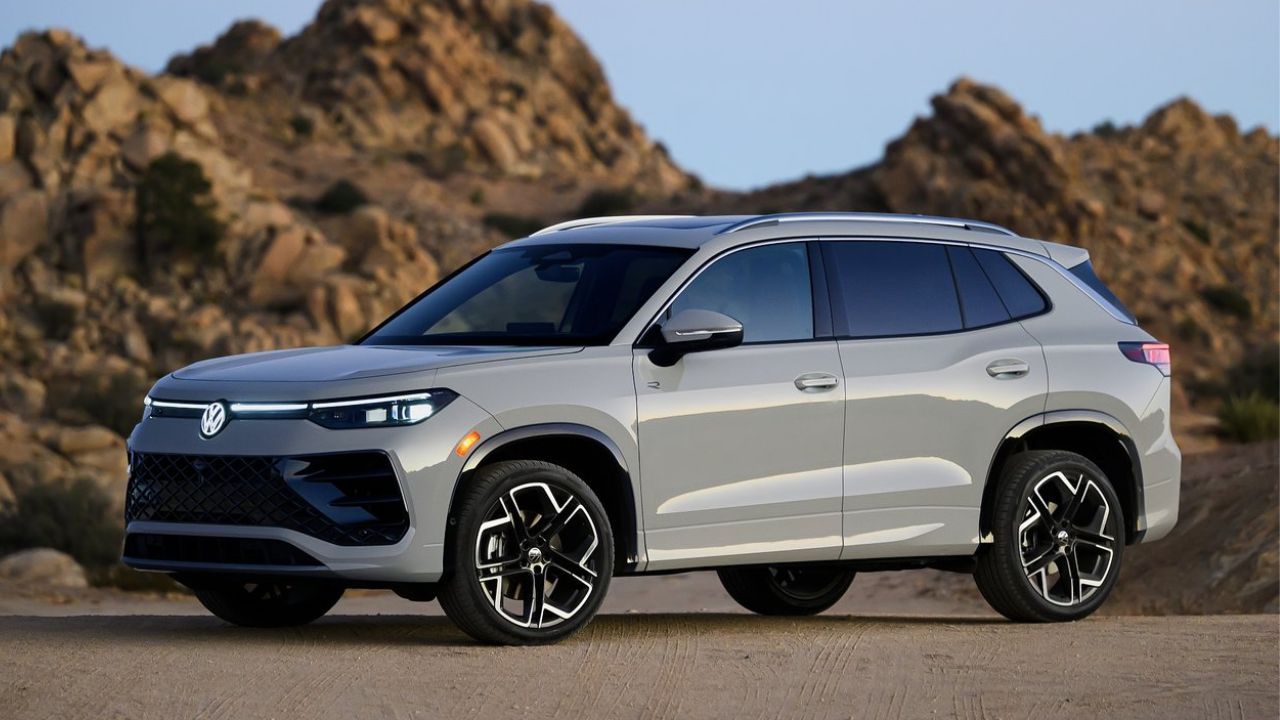
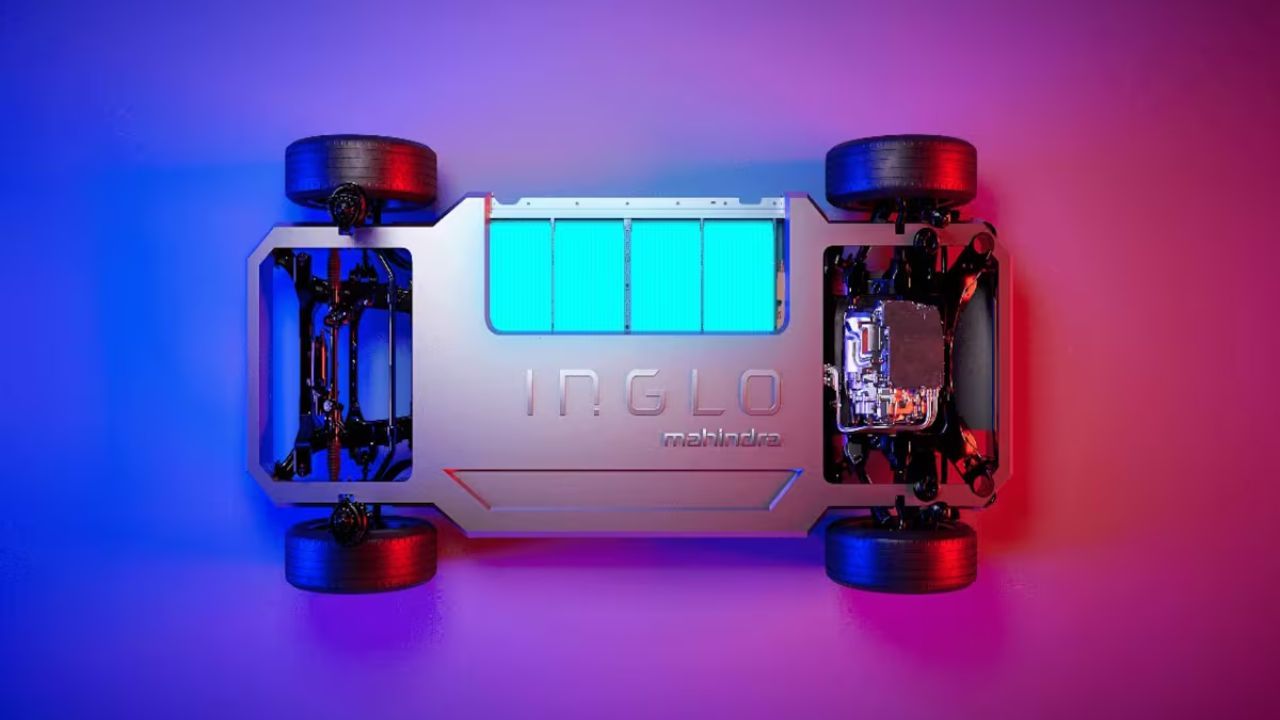

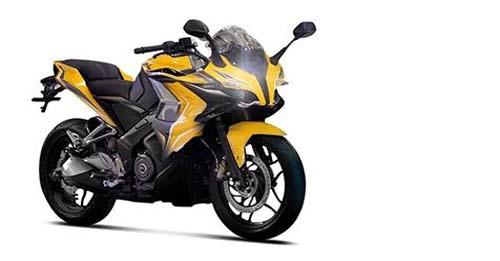
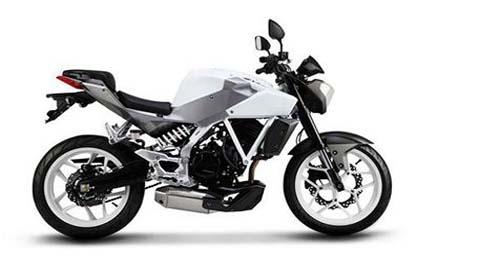
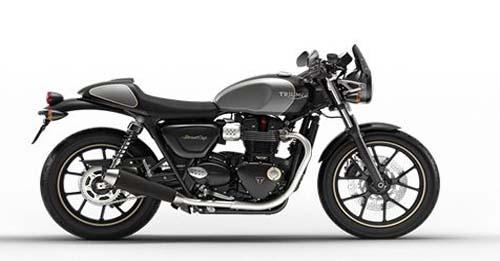
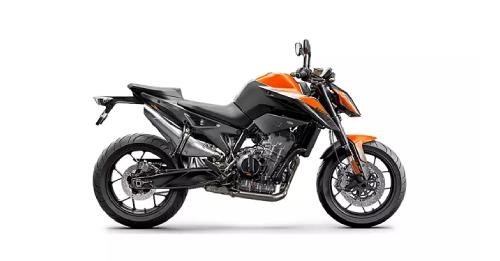









Write your Comment on